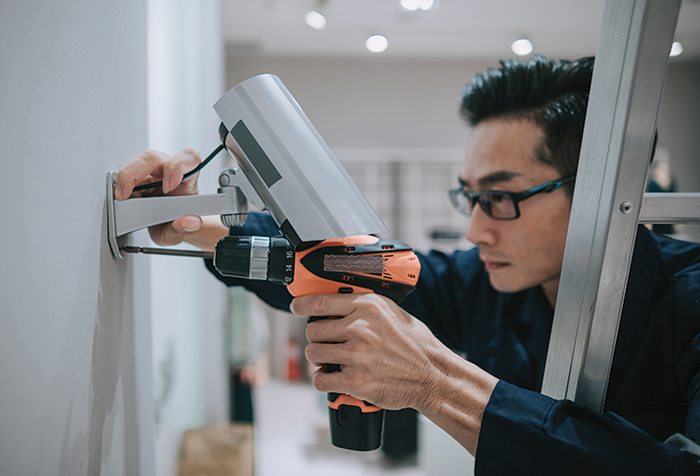Hand & Power Tools: Workplace Safety

Hand and power tools are used commonly and in a variety of industries. While helpful and often necessary to perform certain jobs, these tools can be hazardous when used or maintained improperly.
Associated injuries cannot only result in physical suffering for an employee but financial impairment for an employer.
The Occupational Safety and Health Administration (OSHA) offers special attention toward tool safety in order to reduce or eliminate incidents and injuries. We recommend employers visit osha.gov for helpful resources.
Obviously, the best protection starts with safety training for employees. We also offer some basic tips from OSHA here.
Preventative Measures
- Inspect all tools before use.
- Never carry a tool by the cord or hose.
- Never yank the cord or the hose to disconnect a tool from the receptacle.
- Keep cords and hoses away from heat, oil, and sharp edges.
- Disconnect tools when not using them, before servicing and cleaning them, and when changing accessories such as blades, bits, and cutters.
- Secure work with clamps or a vise, freeing both hands to operate the tool.
- Avoid accidental starting. Do not hold fingers on the switch button while carrying a plugged-in tool.
- Maintain tools with care; keep them sharp and clean for best performance.
- Follow instructions in the user’s manual for lubricating and changing accessories.
- Be sure to keep good footing and maintain good balance when operating power tools.
- Always wear appropriate personal protective equipment (PPE). Avoid loose clothing, ties, or jewelry that can become caught in moving parts.
- Remove all damaged portable electric tools from use and tag them: “Do Not Use.”
Handheld Tools
OSHA requires that certain handheld tools, such as drills, tappers, angle grinders, saws, and sanders, be equipped with a constant-pressure switch button that cuts off the power when pressure drops. Power tools with blades must have safety devices that allow shut off in a single motion.
Electric Shock
To lower the risk of electric shock:
- Use tools that are double-insulated or have a three-pointed power cord and are plugged into a power source with a rounded receptacle.
- Never attempt to override the safety features on a three-pronged plug.
- Only operate tools within their design limitations.
- Always wear appropriate personal protective equipment (PPE).
- Store tools in a clean, dry place when not in use.
- Never operate power tools in damp or wet locations (unless the tools are specifically designed to do so).
- Keep the work area well-lit, clean and dry.
- Make sure that electrical cords don’t cause a tripping hazard; be sure to find good footing.
Helpful Resources
NATIONAL SAFETY COUNCIL
nsc.org/workplace
OSHA
osha.gov/hand-power-tools
https://www.osha.gov/sites/default/files/publications/osha3080.pdf
POWER TOOL INSTITUTE
https://www.powertoolinstitute.com/pti_pdfs/PTI_Teachers_Power_Tool_Safety_Rules.pdf
Disclaimer: The GUARD Wire is designed to provide general information about various topics of interest and should NOT replace the guidance, advice, or recommendations from licensed insurance or legal professionals, other industry experts, or state and federal authorities.


